Mijikenda People and their Culture in Kenya
Who are the Mijikenda people in Kenya? The group known as the Mijikenda is made up of nine closely related but distinct peoples—the Kauma, Chonyi, Jibana, Giriama, Kamabe, Ribe, Rabai, Duruma, and Digo—who live along the coast of Kenya and share a common linguistic and cultural heritage.
Traditionally, each group lived within its own hilltop village ( kaya ) on the ridge along the Kenya coast, between the towns of Kilili and Vanga.
The members of each of the nine Mijikenda groups speak a separate dialect of the same language.
That language, Mijikenda, is one of the Northeast Coastal Bantu Group of languages and is closely related linguistically and historically to other languages along the Kenyan and Tanzanian coasts.
There were an estimated 730,000 Mijikenda speakers in 1980.
The largest groups of Mijikenda are the Giriama, who numbered about 350,000 in 1987, and the Duruma, with a population of approximately 190,000 in 1986. Some of the dialects are mutually intelligible; some are not.
While change has come to the Mijikenda, they have maintained many of the beliefs and practices of their traditional culture.
They have resisted the conversion attempts of Muslim and Christian missionaries to a much greater extent than many of their neighbors, and they adhere to many beliefs that were derived from their traditional religion, which was a form of ancestor worship.
They have incorporated the myth of their origins, as well as a description of their kaya-based, stratified social structure, into a written record of their culture, which is passed on to their children.
According to a Mijikenda myth, the Mijikenda originated in Singwaya (or Shungwaya), which was to the north of the Somali coast. They were driven south by the Oromo until they reached their present locations along the ridge, where they built their kayas within a protective setting.
The historical accuracy of this myth is a point of controversy between those who believe that the Mijikenda originated from a single point in the north and those who believe that they do not have a single origin, but migrated primarily from the south.
Their villages are built in cleared areas atop heavily wooded hills. Their main occupation is farming, with more and more land being devoted to cash crops in modern times. Coconut palms are their most important crop.
The Mijikenda tribe follows the common practice of age-sets, with various initiation rituals performed every few years to move each group to the next social level accorded to their set. The first such initiation ritual is circumcision.
The leaders of the kaya were the oldest age-set. The elders were responsible for the management of the kaya, as well as for the bringing of rain.
The leaders were sometimes removed from power during long droughts, as they were unable to make it rain with their usual rituals. Without the power to bring rain, they could not lead thekaya.
Though this tribe was not involved in the overall African slave trade, it was common within their own society to own and sell other people for labor. The practice was known as "pawning" and is not generally followed today.
People would even pawn themselves to wealthier families during drought if they could not provide for their own survival. The Mijikenda tribe considers many parts of the forest to be sacred, and these groves are not cleared for farming.
Unfortunately, more and more of the "kaya forests" are being cleared and destroyed for building, tourism and development.
Recently, the Kenyan government has realized the conservation value of these old forests, and has officially made them "national monuments" in order to protect their diversity. Because they have been untouched for hundreds of years, they contain many rare or endangered species.
More about Afican Culture
Kenya Culture | Akamba | British Colonialists | Crafts | Cultural Business Meetings | Cultural Communication | Cultural Eye Contact | Cultural Gestures | Gift Giving | Cultural Law | Cultural Music | Cultural Space | Cultural Time | How to Talk in Kenya |Recent Articles
-
Garam Masala Appetizers ,How to Make Garam Masala,Kenya Cuisines
Sep 21, 14 03:38 PM
Garam Masala Appetizers are originally Indian food but of recent, many Kenyans use it. Therefore, on this site, we will guide you on how to make it easily. -
The Details of the Baruuli-Banyara People and their Culture in Uganda
Sep 03, 14 12:32 AM
The Baruuli-Banyala are a people of Central Uganda who generally live near the Nile River-Lake Kyoga basin. -
Guide to Nubi People and their Culture in Kenya and Uganda
Sep 03, 14 12:24 AM
The Nubians consist of seven non-Arab Muslim tribes which originated in the Nubia region, an area between Aswan in southern
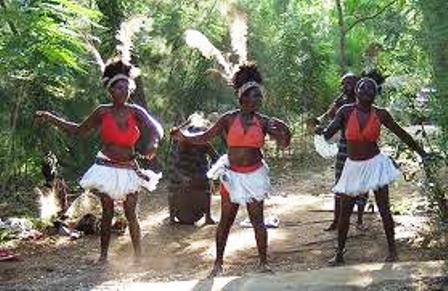
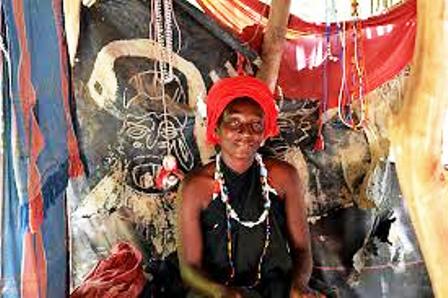
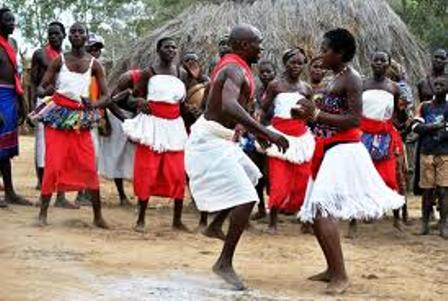
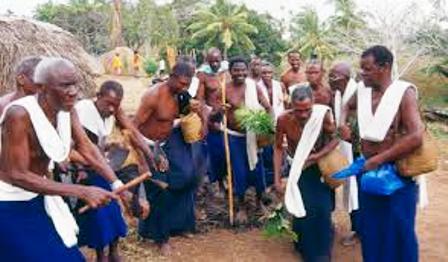
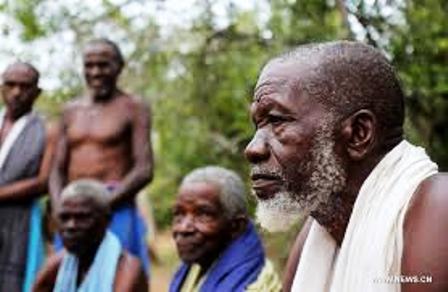







New! Comments
Have your say about what you just read! Leave me a comment in the box below.